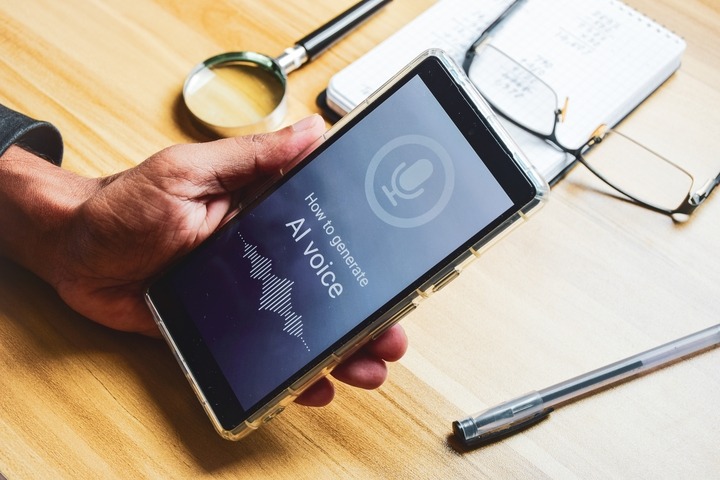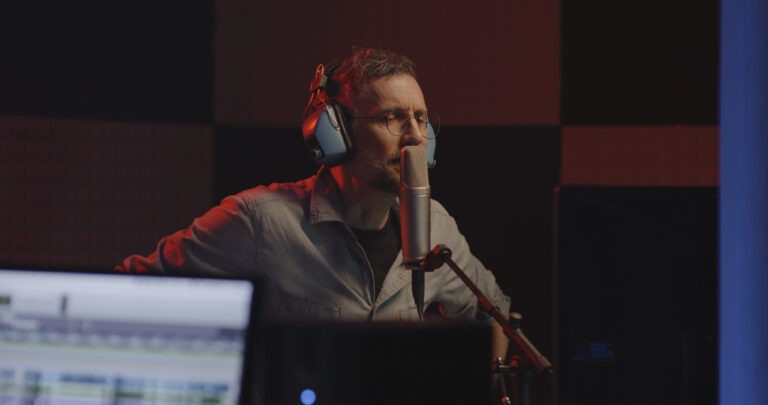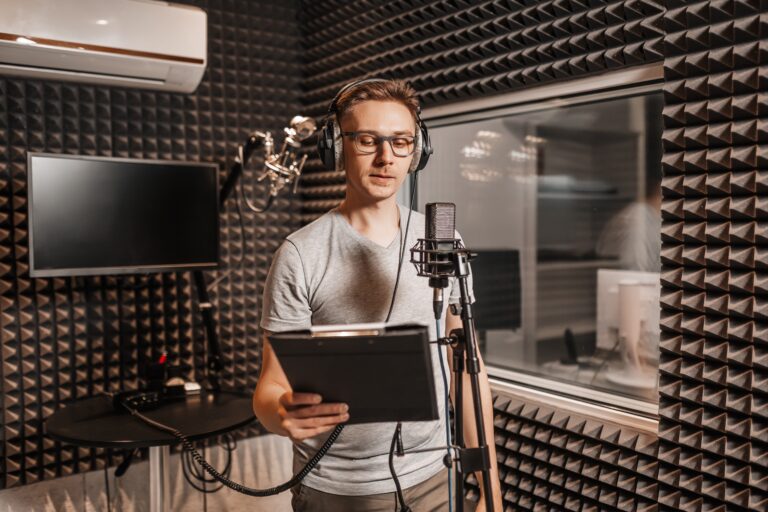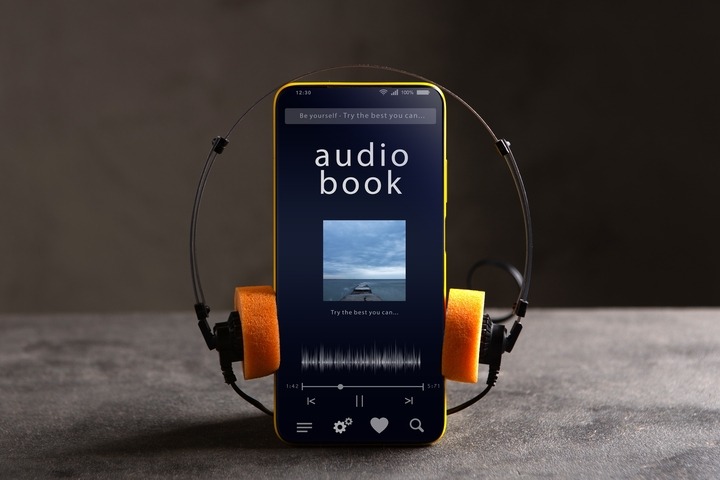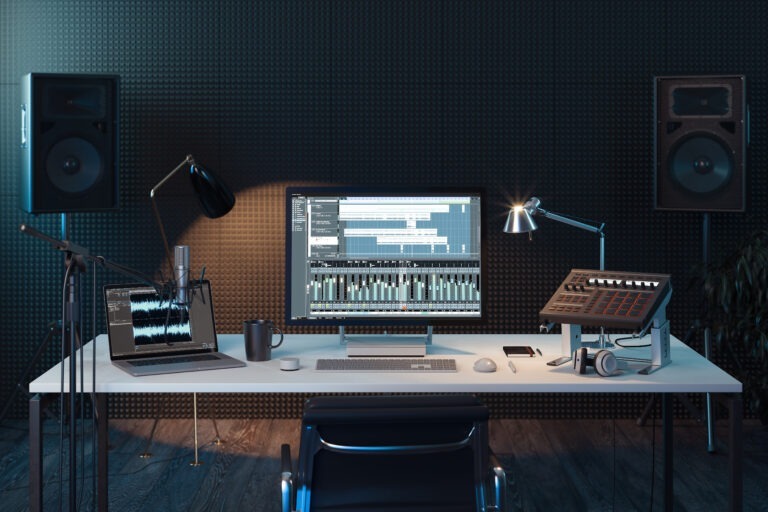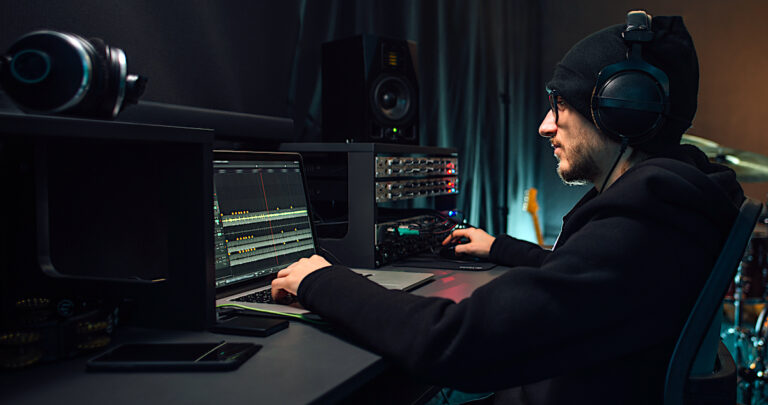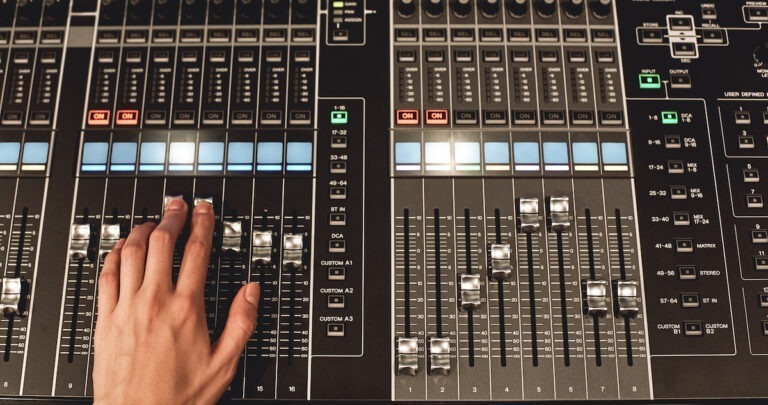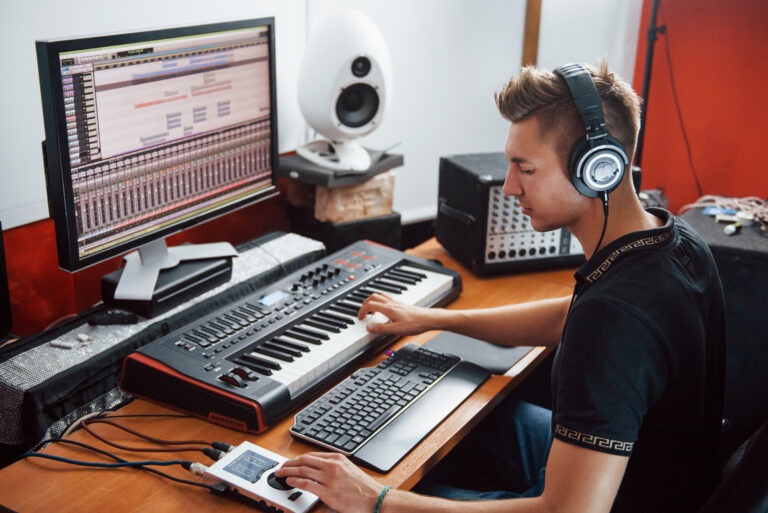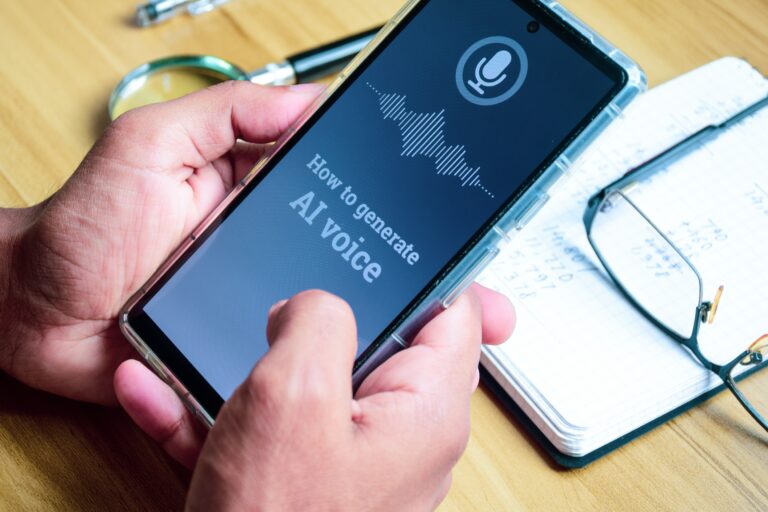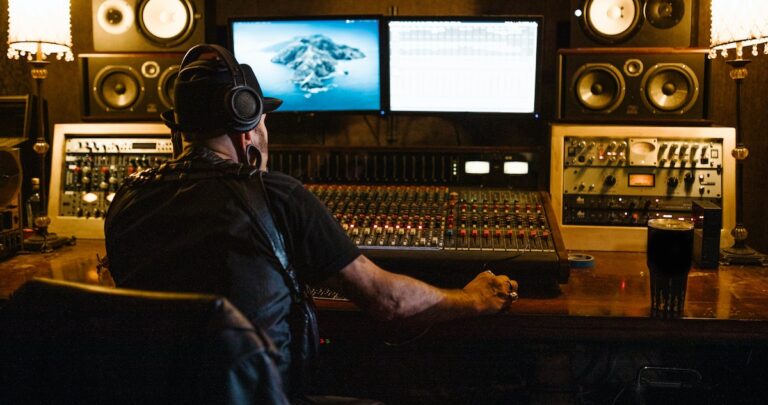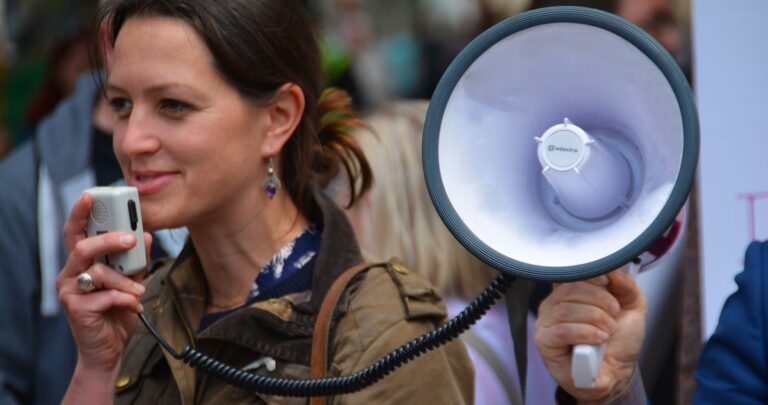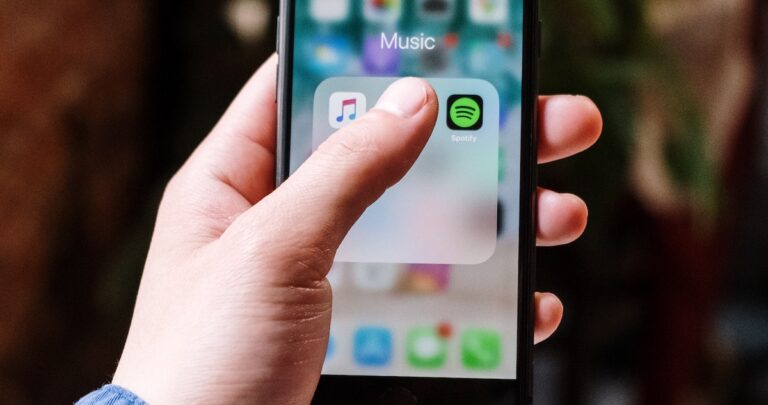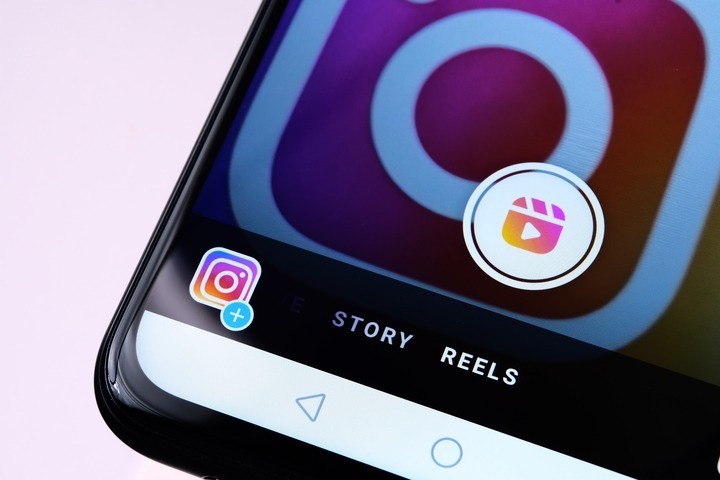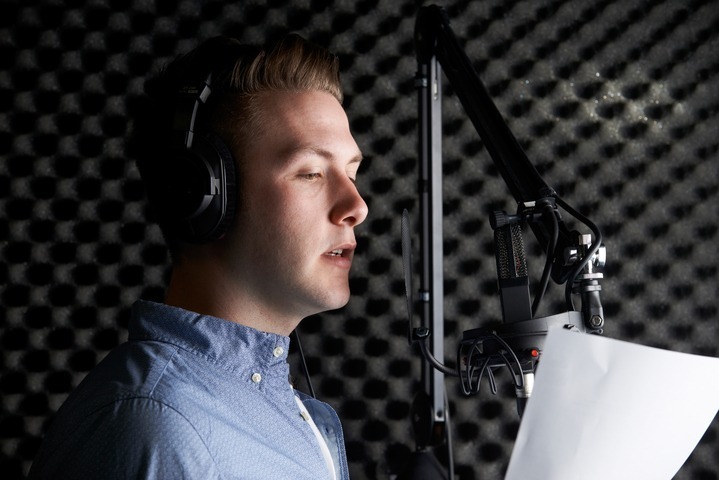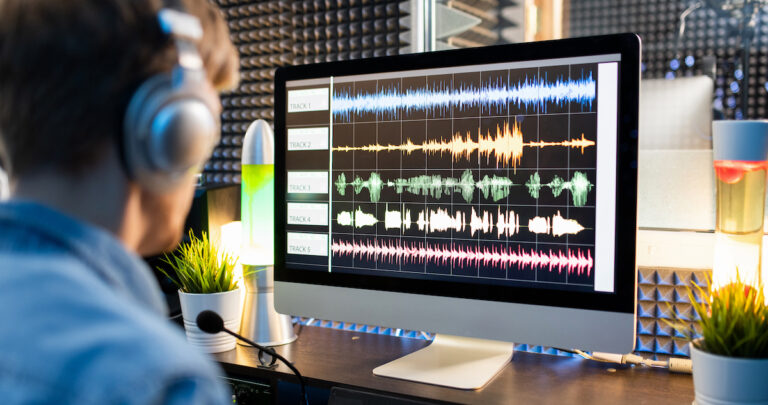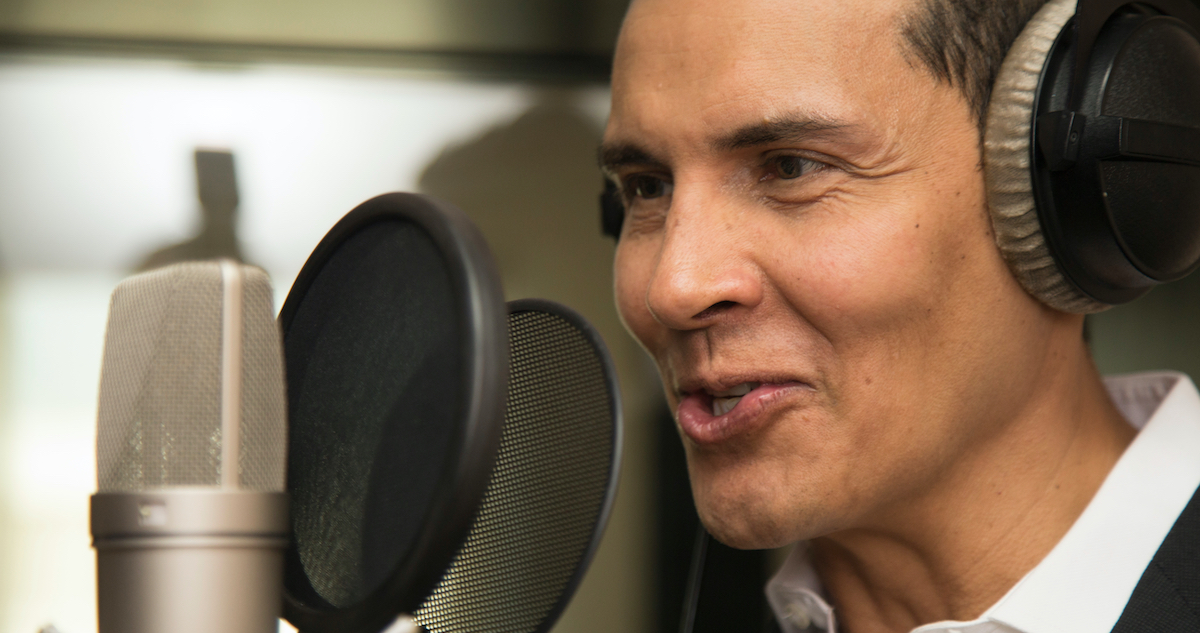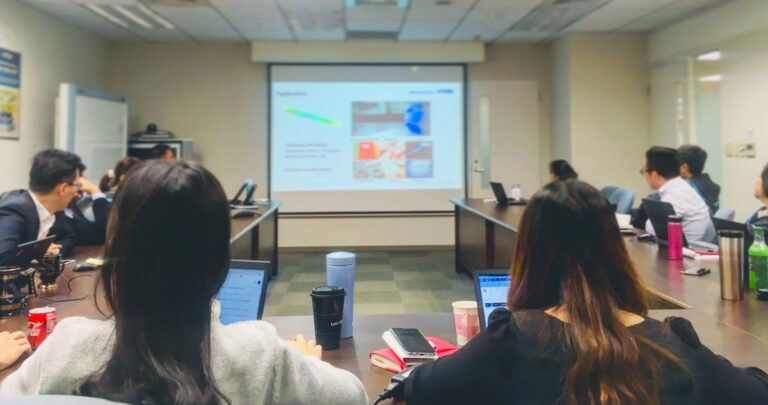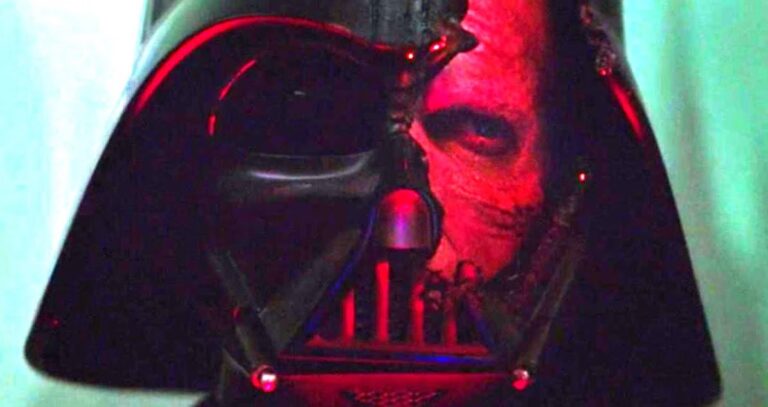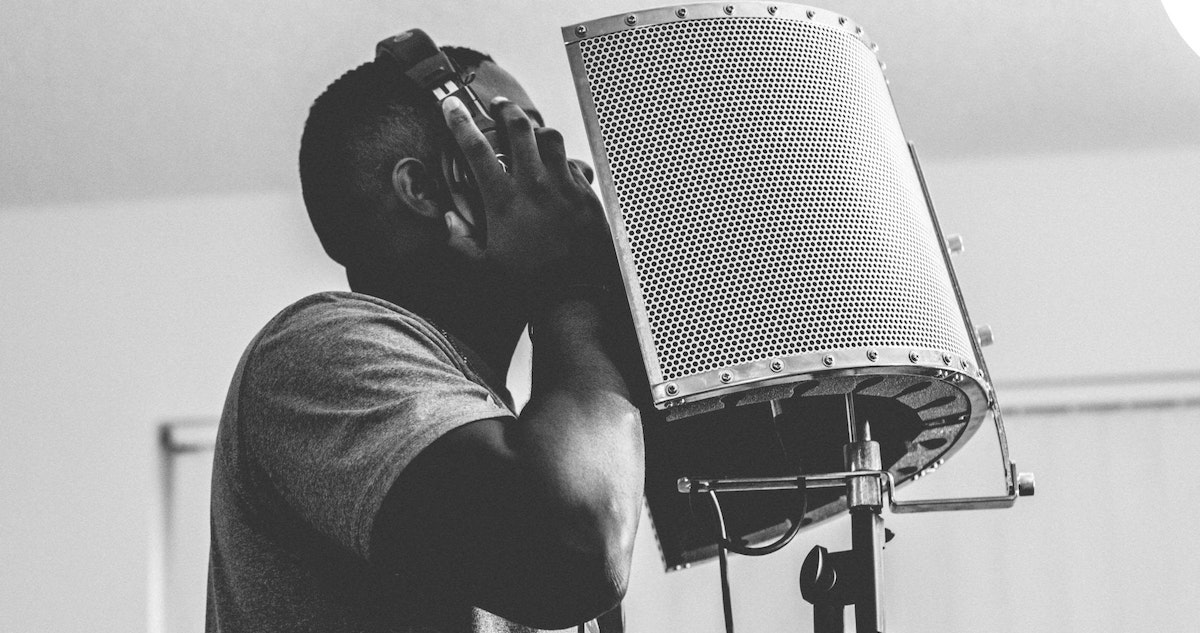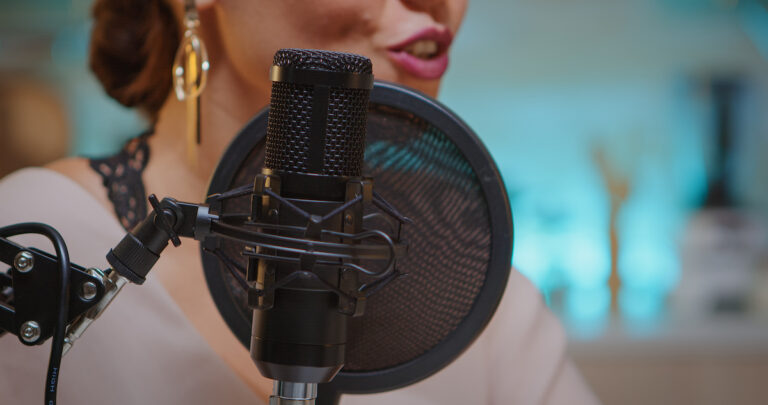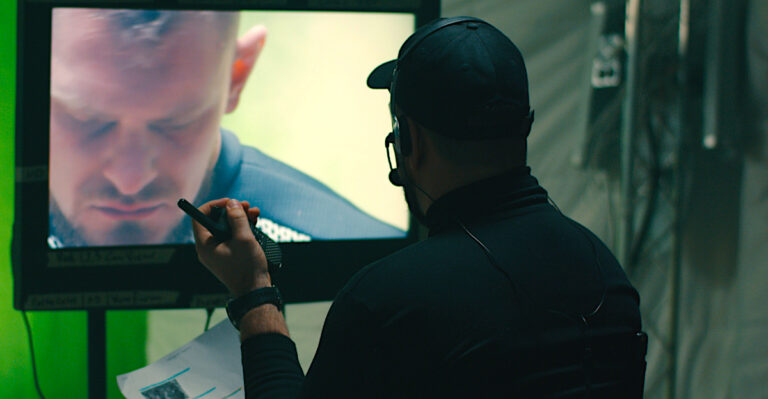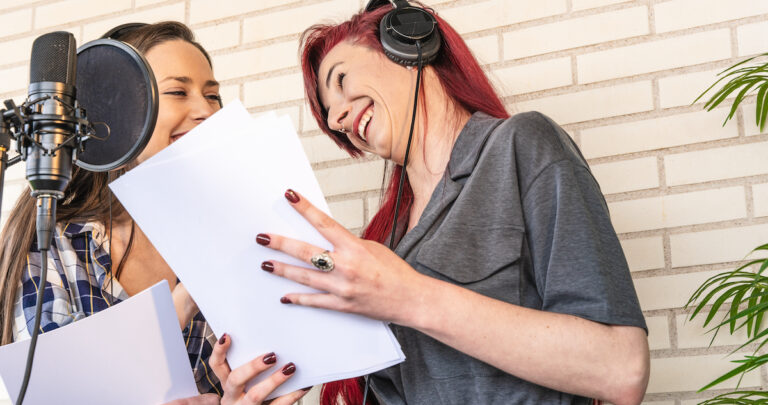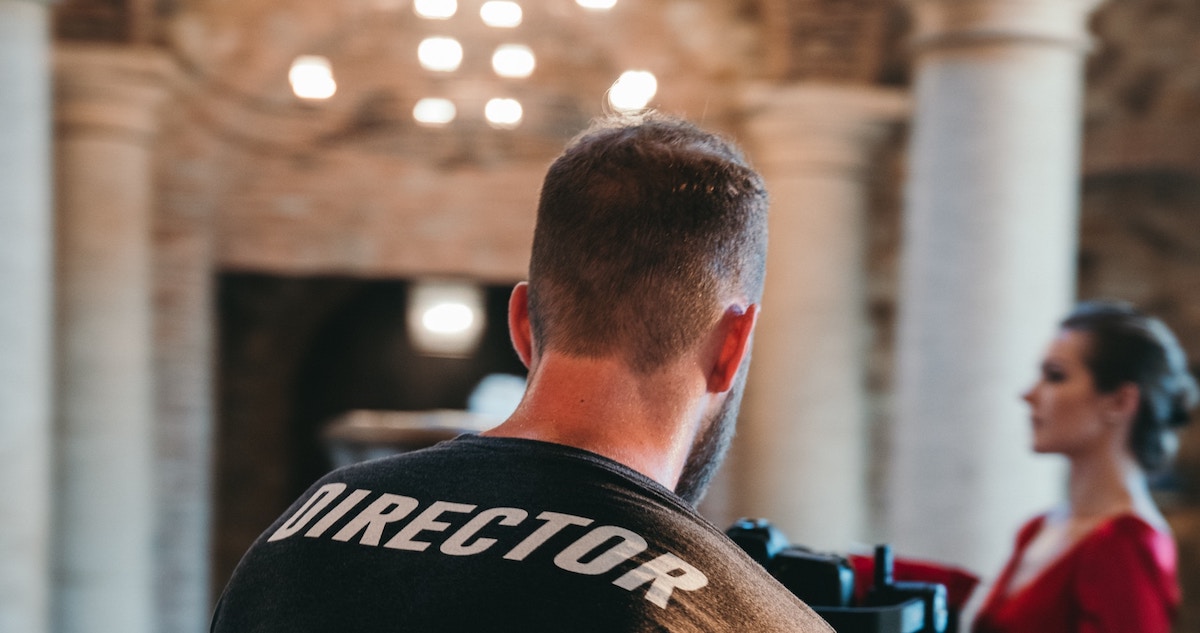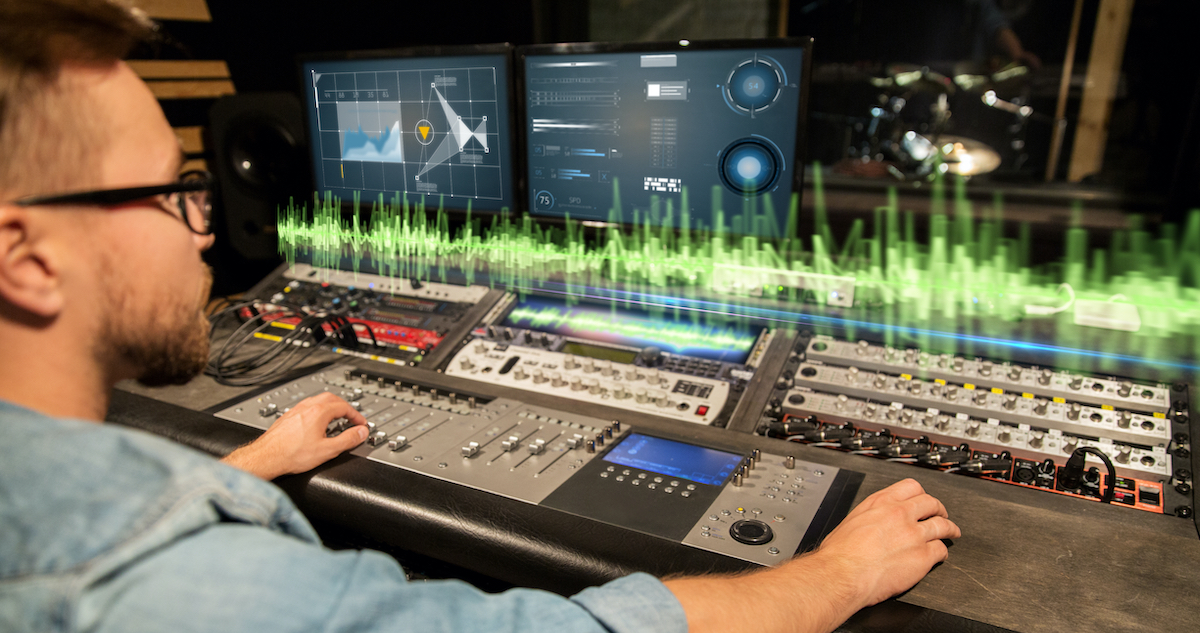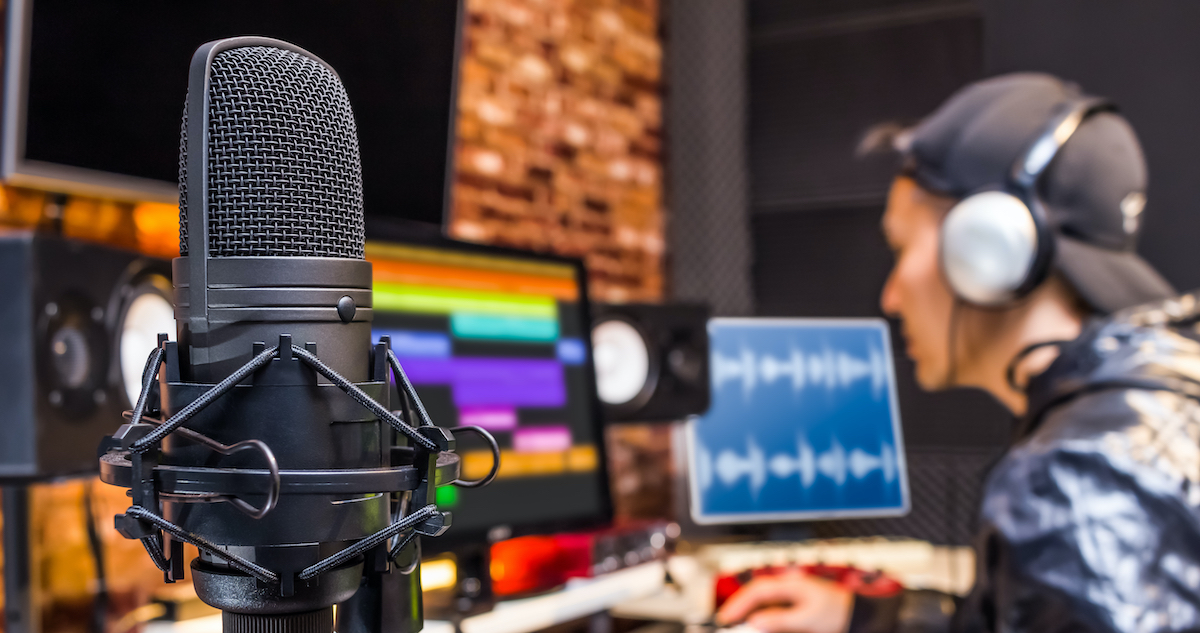From Mission Impossible’s masked impersonations to security systems using vocal identification, voice cloning is a revolutionary software that’s changing the scope and span of audio projects. Imagine having the ability to replicate anyone’s voice! But this vocal innovation isn’t restricted to just Hollywood and bank vaults. Voice cloning software blurs the boundaries of possibility in marketing, customer service, and personal use.
At Voice123, we’ve seen the evolution of voice cloning AI software in video and audio projects. So, in this post, we’ll explore what is voice cloning, how voice cloning works, free voice cloning options, and whether you should use such software in your projects.
Get ready to find out if the future is AI after all.
What is voice cloning
Voice cloning is a process that uses specific AI software to create a synthetic copy of a person’s voice using a computer-generated model that analyzes a person’s speech patterns, intonations, and nuances and then replicates it with near perfection. With advanced machine learning algorithms, like neural networks, the voice cloning process collects data, voice recordings, and feature extraction, which identifies unique speech characteristics, and synthesis, which generates new speech that imitates the original voice.
Canadian startup Dessa successfully recreated comedian/podcaster Joe Rogan’s voice, speech patterns, and mannerisms by analyzing audio content from his podcasts and interviews. CereProc re-created physicist Stephen Hawkings’ AI-generated voice from past audio recordings. The company’s synthesized voice accurately mirrors Hawking’s distinct cadence and tone. But how does this AI software actually work?
How does voice cloning AI software work

Voice cloning AI software works by capturing and analyzing samples from a specific voice’s speech patterns and intonations that undergo feature extraction to capture the voice’s acoustic traits. During training, neural networks, like recurrent or convolutional models, undergo a training phase to learn patterns from the data and samples. Once the model is trained, the AI software is able to generate speech that imitates the original voice, and the more data it has to work with, the more accurate the voice clone will be.
For example, AI-generated voices help individuals with speech impairments and voice-related medical issues. Val Kilmer lost his voice from throat cancer; however, his AI voice preserves his vocal nuances so he can communicate using his own voice. James Earl Jones’ voice as Darth Vader was also preserved through voice cloning for future media projects. Now, let’s look at some software options.
Voice cloning software options
- Descript Overdub
- Respeecher
- Speechify
1. Descript overdub
Descript Overdub is a feature integrated into Descript’s audio and video editing software. You record your voice reading specific sentences or phrases, and Overdub generates a text-to-speech model replicating the voice. It’s useful for podcasters, content creators, and audio or video production.
2. Respeecher
Respeecher specializes in voice cloning and dubbing in films, video games, and other media. It analyzes your vocal characteristics and speech patterns, mapping these qualities onto a voice recording. It’s used in dubbing films, creating voice overs in different languages, and generating synthetic voices for entertainment or commercial purposes.
3. Speechify
Speechify uses sophisticated machine learning algorithms to transform audio data from a specific speaker. The software extracts relevant features using recordings with various tones, pitches, and speaking styles. The deep learning techniques mimic vocal patterns to synthesize speech based on text inputs.
Free voice cloning options
- Descript Lyrebird (free basic version)
- Resemble AI (limited free features)
- CereVoice Me (free basic version)
1. Descript Lyrebird (free basic version)
Sign up for a Lyrebird Descript account and select the free basic plan. Then, record your voice reading specific sentences or phrases on the platform. The AI will create unique voice DNAs from small voice samples. The result is a synthetic voice that maintains the speaker’s unique vocal characteristics, including accent and speech patterns.
2. Resemble AI (limited free features)
With Resemble’s limited free features, you can experiment with voice cloning and manipulation. Sign up on the website to create realistic voice overs using only a small sample of voice data. This high level of accuracy makes it an excellent choice for voice overs ranging from video game characters to IVR responses.
3. CereVoice Me (free basic version)
You can create personalized synthetic voices by registering for an account on the CereProc website. Record and upload voice samples following the platform’s guidelines. The software uses the models to create a customized synthetic voice. Once generated, it works for personal objectives or in select applications.
Voice cloning technology for audio-visual projects
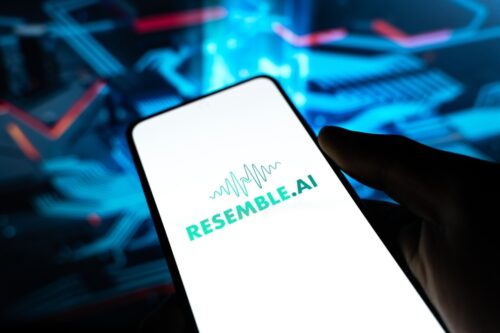
Voice cloning has advantages and potential drawbacks, making it a powerful and potentially dangerous audio-visual tool. Positively, it allows for a consistent voice tone and style, saving time and money on large narration projects. Voice cloning also makes content accessible to diverse audiences in multiple languages or dialects, and it preserves renowned voices for future use.
Conversely, there’s the potential misuse of someone’s voice relating to vocal identity theft. Cloned voices have yet to fully replicate a human voice’s emotional depth and authenticity, leading to deepfake content spreading false information. So, while replicating voices can streamline production processes, privacy, consent, and misuse are still concerns.
When you’re deciding whether to use it in your project, the key is to balance the context of content creation with consumer trust. Interested in learning more about ethical practices for your audio projects? Get in touch with our account management team via managedservices@voice123.com.
Final thoughts on voice cloning
Well, folks, voice cloning is an exciting, robust technology that can create realistic, convincing audio-visual projects. It can preserve iconic voices, save time and resources, and deliver high-quality audio content. When it comes to free voice cloning, 3 of the most popular software programs are Descript Overdub, Respeecher, and CereVoice Me.
But, whatever your next project, be assured that you can still choose a talented voice from the vocal professionals on Voice123. Their vocal talent is still unmatched in emotional ability and they also offer soundalike styles for famous voice actors. Or opt for our Managed Services to manage your projects from A-to-Z.
So, are you ready to create awesome projects with Skynet…oops we meant voice cloning software?
FAQs
Yes, there are AI replication tools like Lyrebird, Resemble AI, and Descript Overdub that use deep learning algorithms to mimic speech patterns and generate voice replicas.
It depends on the jurisdiction. In some places, using AI to clone a voice without consent raises ethical and legal concerns, especially for malicious purposes like fraud or misinformation.
Yes, you can use AI platforms with voice cloning services. These tools require vast amounts of your recorded voice to generate an accurate model.
There are free AI tools with limited features or access. Other open-source projects or demo versions offer free basic capabilities, but high-quality cloning is expensive because of computational resources and technology.


